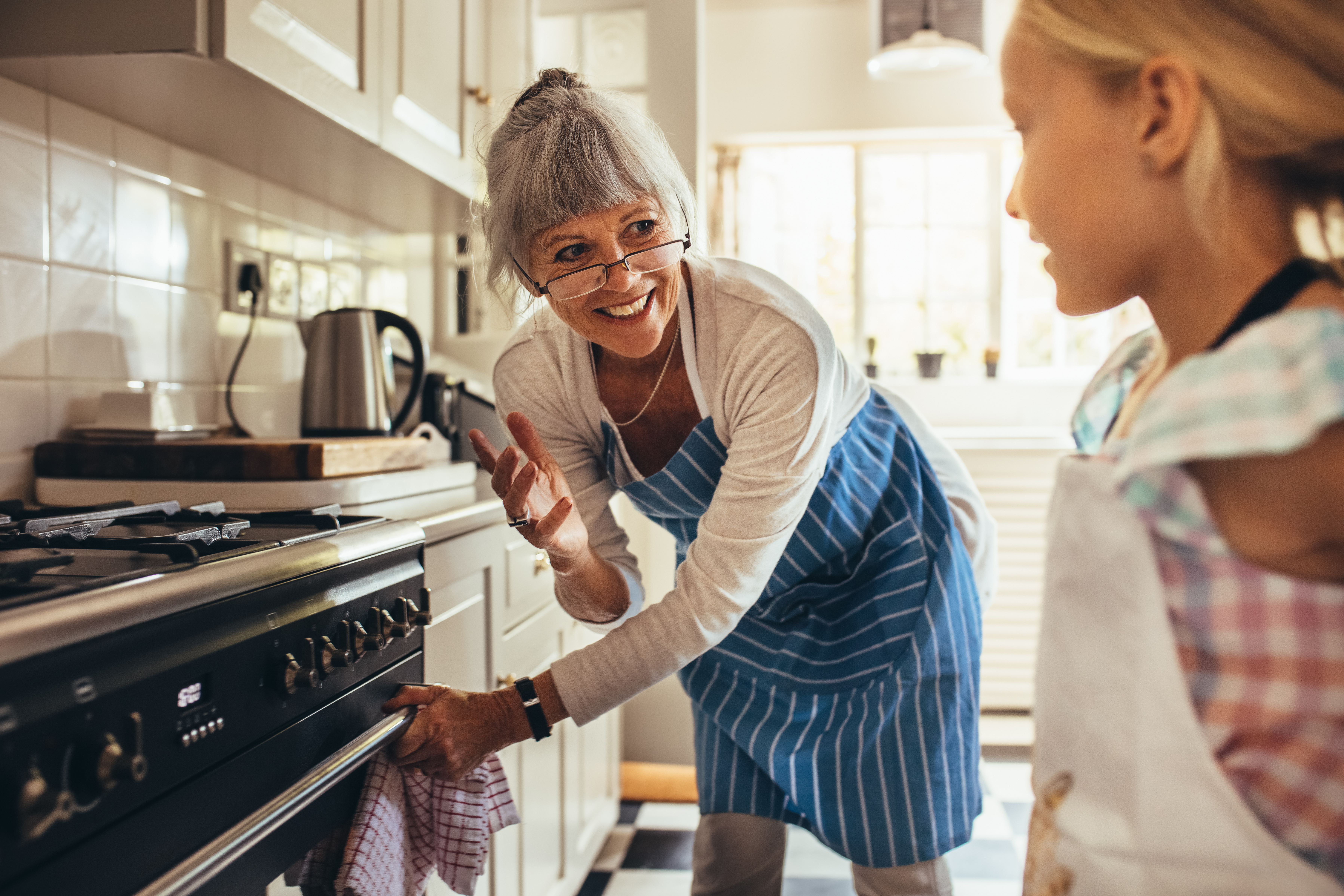
3 minute read
NATURAL GAS & PROPANE SAFETY
By Dan McVey, Vice President & Chief Operating Officer — Gas Operations
Natural gas and propane are efficient energy sources for heating, cooking and powering various appliances in our homes and businesses. Gas appliances are generally safe when used correctly, although improper handling or equipment malfunction can lead to gas leaks, fires and carbon monoxide (CO) poisoning. Following best practices when using and maintaining gas appliances is vital to ensure your safety.
Recognizing Gas Leaks
It is extremely important to notice natural gas and propane leaks. Both fuels are odorless, but an additive called mercaptan gives them a distinct rotten egg smell to help detect leaks. If you notice this odor:
Leave the area immediately. Do not use electrical/light switches, phones or anything that could create a spark.
Do not light matches or smoke. Even a tiny flame can ignite the gas.
Shut off the gas supply only if it is safe to do so. The main shutoff valve is typically located near the meter or propane tank.
Call 911 and your gas provider. Do this from a safe location. Never assume someone else has reported the leak.
Proper Installation And Ventilation
A licensed professional should always install gas appliances to ensure they meet safety standards. Proper ventilation is also critical to prevent CO buildup. Here are some key installation and ventilation tips:
Ensure appliances are installed correctly. Poorly installed appliances can cause gas leaks or inefficient combustion.
Provide adequate airflow. Gas stoves, furnaces and water heaters require proper ventilation to avoid CO accumulation.
Avoid using unvented appliances indoors. Propane space heaters and some gas stoves can produce CO if not vented correctly.
Regular Maintenance And Inspections
Routine maintenance is essential for keeping your gas appliances running safely and efficiently.
Schedule annual professional inspections. A qualified technician can check for leaks, test connections and clean components.
Clean burners and vents regularly. Dust, dirt and debris can clog burners and obstruct ventilation.
Replace aging appliances. Older gas appliances may not have modern safety features and could develop leaks over time.
Carbon Monoxide Safety
Carbon monoxide is a colorless and odorless gas produced by incomplete combustion of natural gas or propane. Breathing carbon monoxide at high levels can be fatal. You can take preventative measures when you:
Install CO detectors. Place them near sleeping areas and all gas appliances.
Test CO detectors monthly. Replace the batteries every six months.
Know the symptoms of CO poisoning. They include headaches, dizziness, nausea and confusion. If you suspect CO exposure, leave the area immediately and call 911.
Safe Use Practices
Beyond installation and maintenance, following safe natural gas use habits can help you avoid preventable accidents.
Never use gas ovens for heating. They can produce dangerous CO levels.
Always turn off appliances when not in use. Leaving gas stoves or space heaters on while unattended increases fire and CO risks.
Keep flammable items away. Store combustible materials away from gas appliances.
Following these safety tips can reduce the risk of gas leaks, fires and carbon monoxide exposure in your home. Always prioritize regular maintenance, proper installation and emergency preparedness to keep your household safe when using natural gas or propane appliances.








